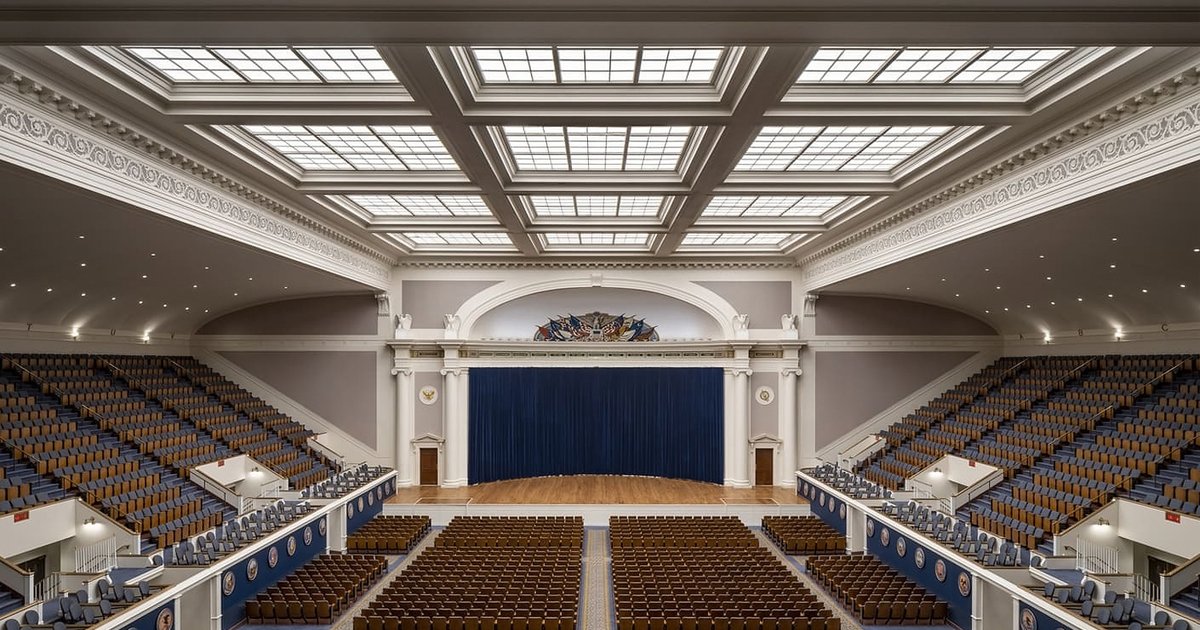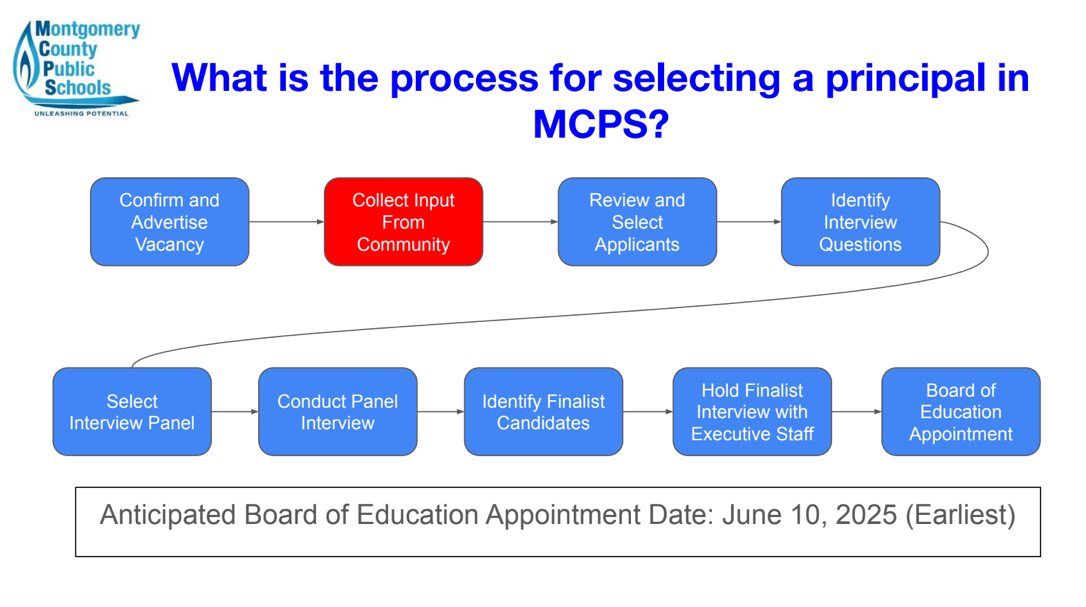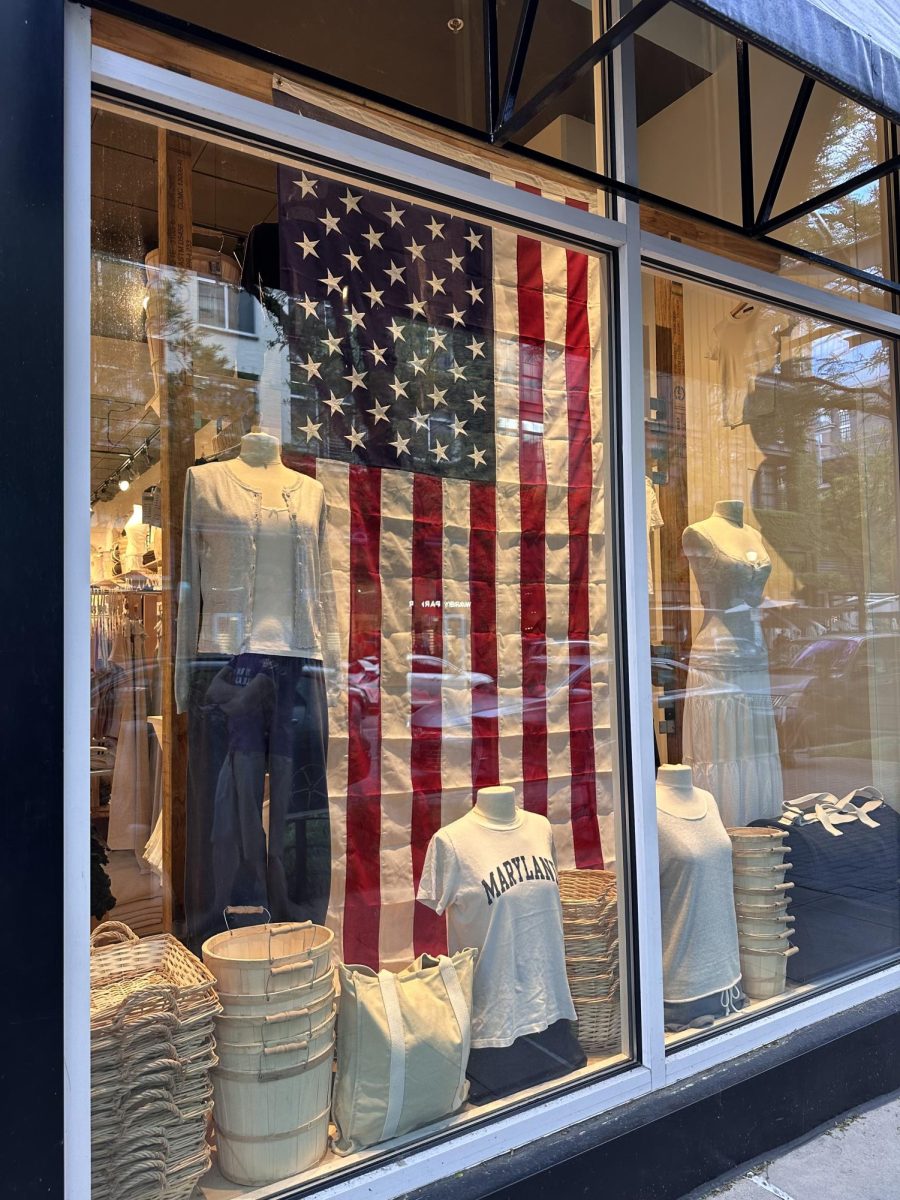Chinese New Year is coming to an end and the Lunar Calendar has shifted to the year of the rat. Students celebrated the auspicious time by participating in traditional festivities with family.
Chinese New Year is celebrated in China and other Asian countries. The festivities follow the timing of the Lunar calendar, which is based on the cycles of the moon. It begins with the first new moon and ends on a full moon after a period of 15 days. According to Britannica, celebrations usually begin “between Jan. 21 and Feb. 20 according to Western calendars,” but this year, festivals ran from Jan. 25 to Feb. 8.
The school community celebrated with a Lunar New Year lunch for staff appreciation on Jan. 24. The event was hosted by the Asian Parent Student Network in the cafeteria and was accompanied with food, drinks, and cultural demonstrations. Certain teachers brought their own treats for other staff to enjoy. French teacher Anthony Derosa said, “I look forward to receiving tasty goodies from Mrs. Chang during Lunar New Year each year.”
The origins of the Lunar New Year festival are thousands of years old. One legend is of Nian, a hideous beast that was believed to have feasted on human flesh on New Year’s day. According to Britannica, out of fear, people were said to have made loud noises, pasted red paper decorations to doors, burned lanterns all night, and lit firecrackers in an attempt to frighten Nian away.
Traditionally, 10 days before the beginning of the new Lunar year, houses are thoroughly cleaned to remove any bad luck that might be lingering inside, referred to as sweeping of the grounds. According to Britannica, New Year’s Eve and New Year’s Day, specifically, are “reserved for family celebrations including religious ceremonies honoring ancestors.”
On New Year’s day, family members receive red envelopes containing small amounts of money. The amount received usually depends on how close of a relationship the person receiving the money has with their gift-giver. Freshman Joshua Yuen said, “Married couples will give you a thing called ‘Lai Si,’ which is a red packet. They will put money inside and give it to unmarried people.”
During the time of celebration, dances and fireworks light up the streets of China. This also includes the Lantern Festival, in which colorful lanterns are hung in houses. On New Year’s Eve, the last course of the meal includes a fish, symbolic of abundance, that is not meant to be eaten. According to Britannica, this can include “yuanxiao (sticky rice balls that symbolize family unity), fagao (prosperity cake) and yusheng (raw fish and vegetable salad).”
A familiar festivity is that of the Lion Dance, which is performed for good luck. Usually, a scroll will be unravelled at the end and a message will be shown blessing the crowd for the upcoming year. Yuen said, “Some villages in Hong Kong will light up firecrackers to make the festivities even more exciting.”







